My temptation when writing about a wine is to first give an entire lesson on the history and styles of the particular region the wine comes from. This can take a lot of time, and I usually wrap it up before I go too far down the rabbit hole. I believe in setting the foundation of the region before discussing a specific wine. I myself have to also review and confirm what I know, and learn and integrate what I don’t know. This gives context to then jump into a particular wine itself.
It’s like I’m back in school and I’m working on a book report. The book report I’ve always wanted to write, but was never lucky enough to be assigned. And this book report comes with a glass of wine at the beginning, middle, and end. And you know, you can get kicked out of some high schools for that kind of horsing around. So with some restraint, supposing this is your first adventure to the wines of the Veneto region, let me first describe the world of Valpolicella just a smidge.
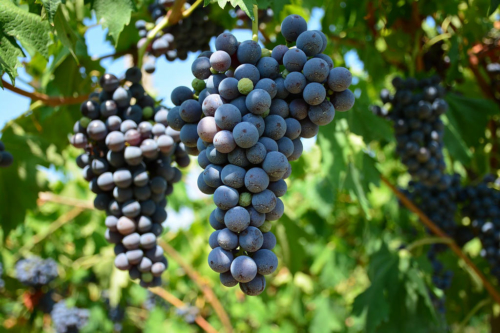 Making sense of the Italian wine landscape can be an intimidating prospect. Virtually every square inch of this beautiful countryside is planted to vines of one form or another. Thousands of obscure varietals, many grown on a single hillside at some vague point in history, and most lost in the mists of time like the echo of the village church bell. For the everyday lover of wine, there are some Italian wines we recognize, maybe a few we are more familiar with. But there is the vast majority that will charm your tastebuds and alienate your friends who have no idea what you’re talking about.
Making sense of the Italian wine landscape can be an intimidating prospect. Virtually every square inch of this beautiful countryside is planted to vines of one form or another. Thousands of obscure varietals, many grown on a single hillside at some vague point in history, and most lost in the mists of time like the echo of the village church bell. For the everyday lover of wine, there are some Italian wines we recognize, maybe a few we are more familiar with. But there is the vast majority that will charm your tastebuds and alienate your friends who have no idea what you’re talking about.
That’s where Valpolicella hits the stage. Or rather, it descends from the rafters among a cloud of theatrical fog to steal your heart. If you want the experience a wine of rustic elegance and quixotic bottomlessness (and not break the bank), look no further than family of wines that is Valpolicella. One aspect that makes Valpolicella interesting is that there are several different quality levels you can play around with, from the lighter everyday Valpolicella value wines, to the transcendental and rare dessert wine that is Recite della Valpolicella.
The region itself lies just north Of Verona on a broad swath about 25km east to west. An array of south-facing foothills emerges from the swath of flatland around Verona and develops into denser forest and parkland, leading north to the Parco Naturale Regionale della Lessinia. Lago di Garda is just to the west.
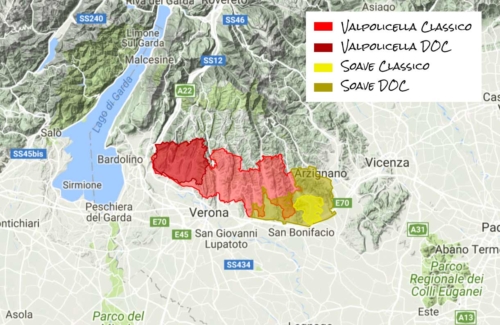 You will find various classifications and terms on a Valpolicella label, and the challenge with Italian wine is being the detective to interpret the terms and designations.
You will find various classifications and terms on a Valpolicella label, and the challenge with Italian wine is being the detective to interpret the terms and designations.
The wines of this region are a blend in varying proportions of several local grapes – but Corvina (sometimes referred to as Corvina Veronese) is always the principal and queen bee. Corvina is hearty, generous, and resistant to cooler nighttime temperatures. It produces light to medium bodied wines naturally high in acidity and with a cool, crimson color. Corvinone was thought to be a variety of Corvina but has since been identified as unique, though it may be substituted for Corvina up to 50%. This is a thick skin grape also noticeably resistant to mold, and therefore ideal for the drying process (coming up in a moment). Veronese is another grape mentioned as adding to the blend. Rondinella adds floral aromatics and a dry character. Molinara is a vigorous grape which vinified alone births a citrusy and wonderful rosé.
In older times the typical blend would include Molinara, but this has changed in favor of a more modern blend of Corvina, Corvinone and Rondinella. Occasionally you can find other obscure grapes that are allowed in the blend such as Croatina and Oselata (What are they like? I have no idea. Probably lighter blending grapes which offer one characteristic or another to enhance the blend.)
The region offers the best of Italy, with a climate perfectly suited to growing grapes. A sloping landscape perfectly sheltered by The Alps to the north and rolling hillsides to the south, gently absorbing a mild Mediterranean climate that is offset by cool evening air from the north. Microclimates exist primarily due to cooking influences of Lake Garda to the west, and again the Adriatic Sea to the south.
Valpolicella actually consists of three main areas – Valpolicella Classica wines come from the more traditional western part of the DOC, and are notable with austerity and greater warmth. Eastern Valpolicella wines are generally known for a fruity and herbaceous style. These two sub sections make up the majority of the Valpolicella wines in terms of origin, with a small portion being the third area known as Valpantena.

The intriguing qualities of complexity and value of Valpolicella wines emerge as you ascend the quality spectrum.
- Valpolicella DOC is produced in mass quantity, and is the most popular everyday wine of the region.
- Valpolicella Superiore uses partially dried grapes to add some depth and richness to what is still a simple everyday red.
- Valpolicella Ripasso enhances a basic Valpolicella by introducing the pomace from Amarone or Recioto wines. This pomace still contains some residual sugar, and causes a second fermentation into the picture – generating further flavor elements, tannins and color extract. Ripasso is similar to an Amarone but less sophisticated in character and complexity. This is one of Italy’s best values today!
- Amarone della Valpolicella. While winemaking in the region goes back to the times of the ancient Greeks, contrary to the popular assumption that Amarone is also an ancient wine, it was first developed by farmers in the 1950’s. It is made by using grapes dried for four to five months on bamboo mats. This process sheds water content and concentrates the sugars and other polyphenolic compounds. These full bodied wines that carry a DOCG classification. And they can age for ten or more years!
- Recioto della Valpolicella is the same process as Amarone, but fermentation is halted before all sugars have converted leaving a sweet dessert wine that is spectacularly complex. Rich, dried fruits, balanced acidity and lots of tannin. Oh, yummy.
With this suite of regional wines that represent all points on the spectrum of quality from your delicious everyday wines to the revered and rare at the top of the pyramid. Most importantly, these wines represent the best value from Italy. A Ripasso Superiore can rival Tuscans, some Bordeaux, all at a fraction of the cost.
This is the key to discovering your wine loving strategy – seek out interesting wines from less popular regions that represent excellent value. Another example of this is Chile. Chile is an amazing landscape perfectly suited for grape growing. Their vineyards are planted to all the French varietals, and they produce excellent wines at tremendous value.
In the next post I’ll take a look at an excellent sample from the region, a Pra Morandina Valpolicella Ripasso Superiore DOC. Pra makes a number of excellent wines at all levels, and is located east of Verona.
So… Now you can dazzle or bore your friends with your new knowledge of the splendor of Valpolicella!




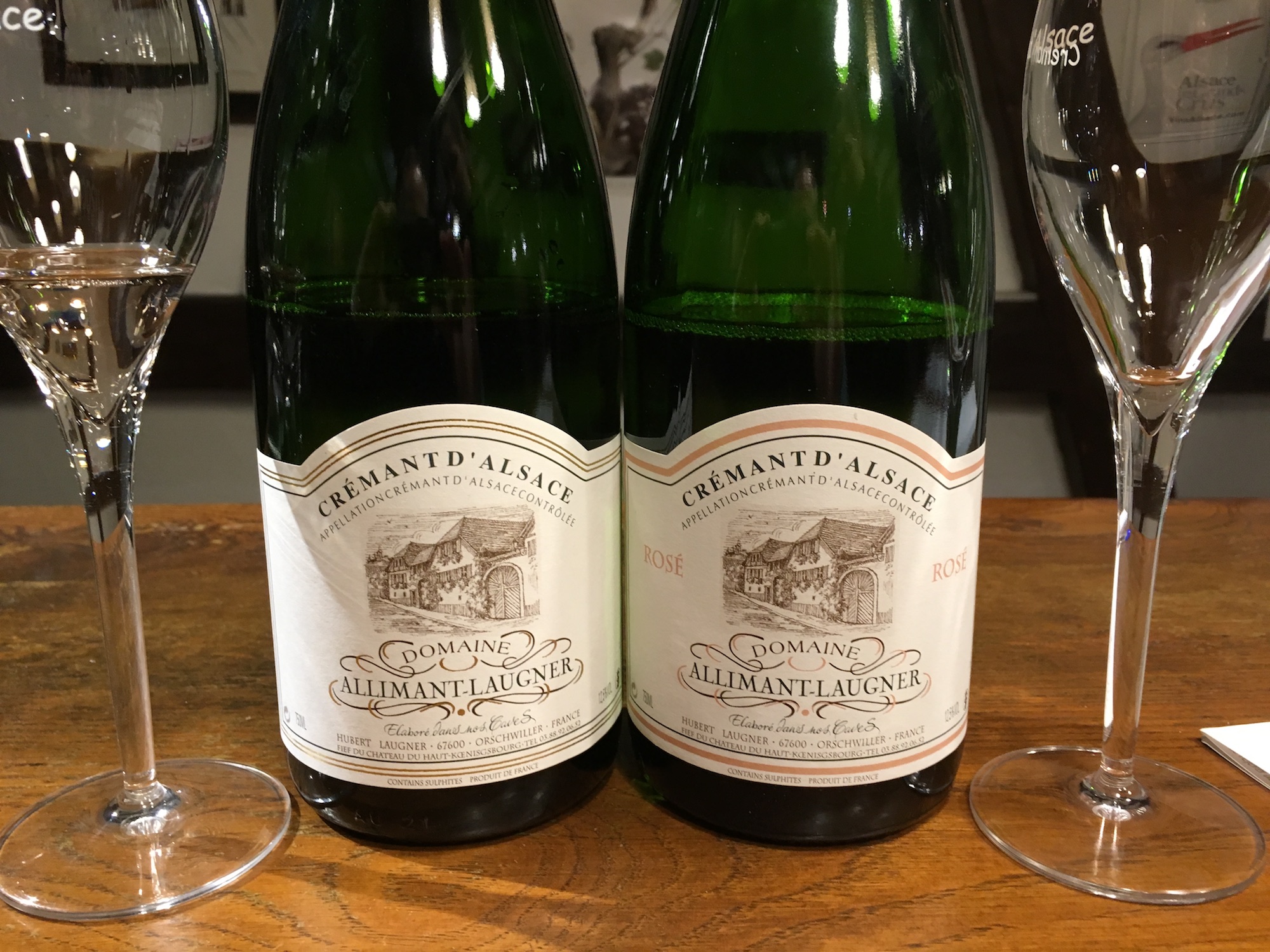

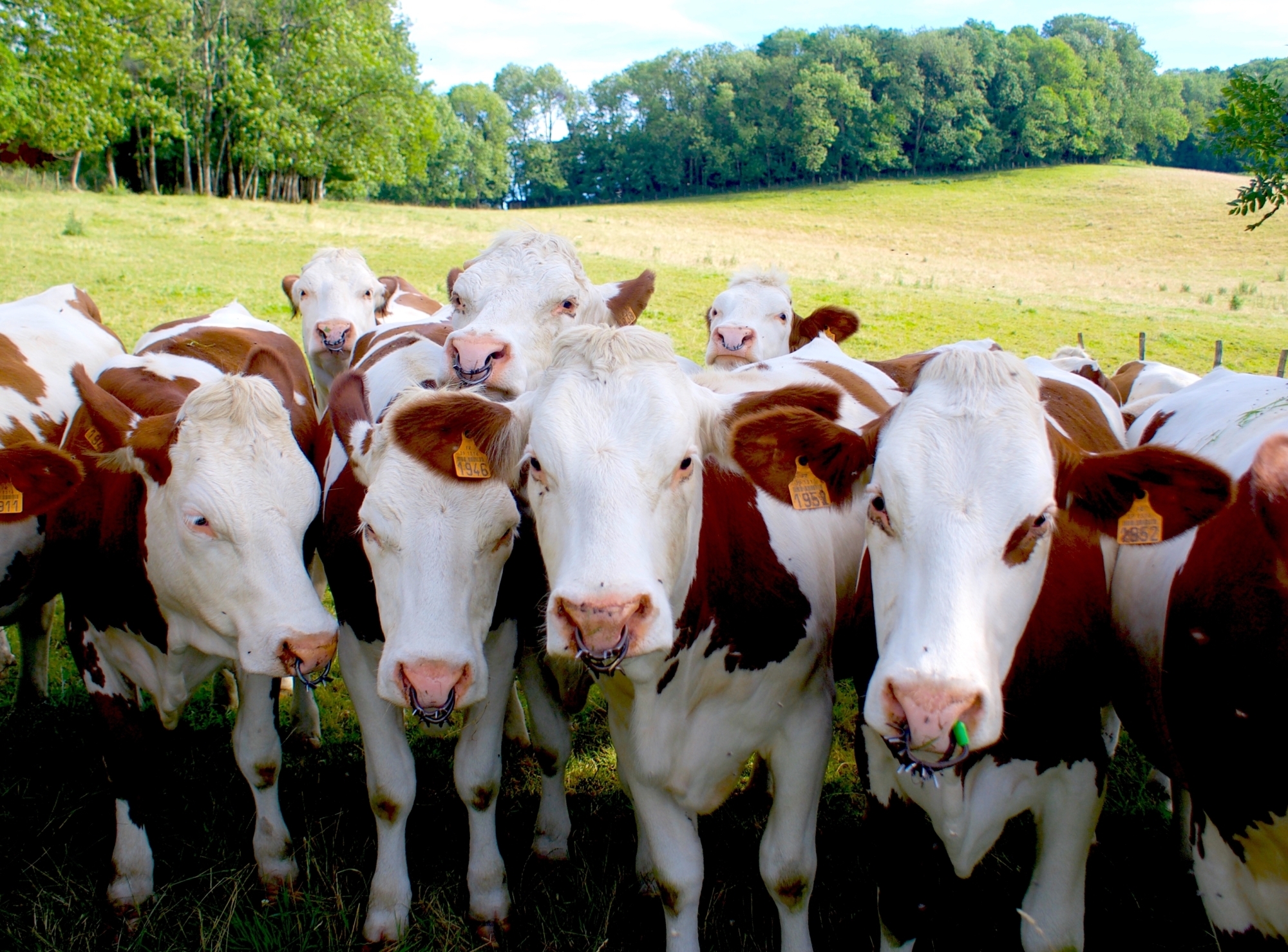
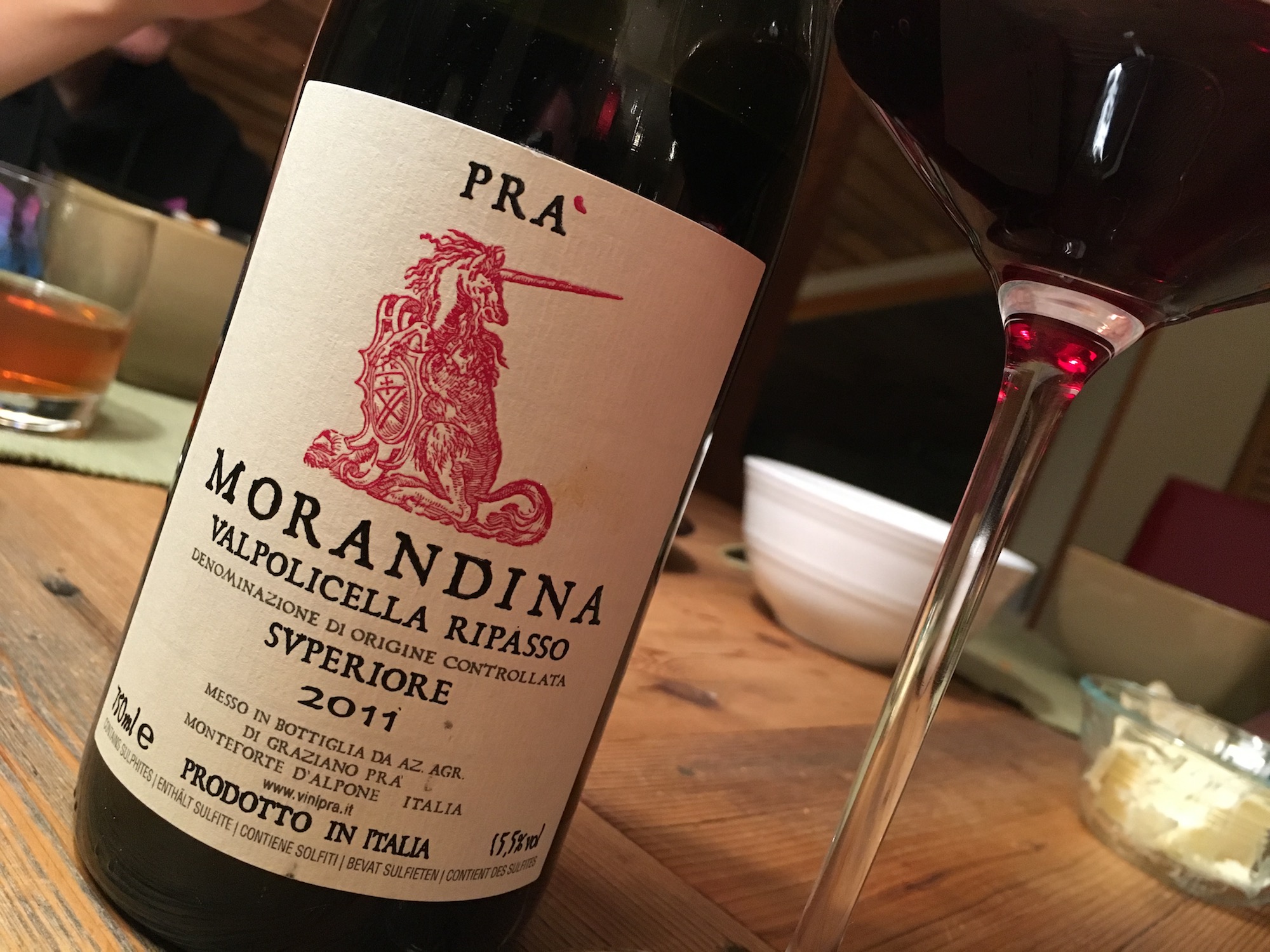
Leave A Comment